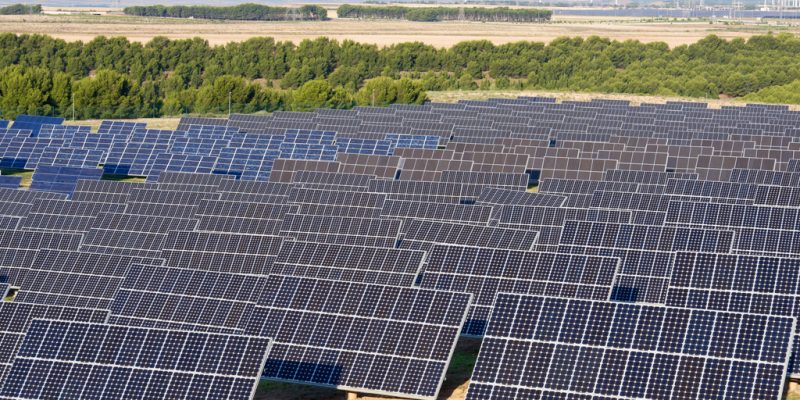The West African Development Bank (BOAD) has decided to release a 10.7 million euro envelope to support the development of a solar power plant in Togo. This park, with a capacity of 50 MW, will provide electricity to about 30,000 households.
Work is about to start on the construction of the plant in Blitta, a town in central Togo. The West African Development Bank (BOAD) has decided to finance the establishment of this power station by releasing an amount of CFAF 7 billion, or about 10.7 million euros. The decision was taken during the 115th ordinary session of the West African Development Bank (BOAD) held in Dakar on December 18, 2019. This amount will cover the construction, operation and maintenance of the Blitta power plant.
The project is being undertaken under a public-private partnership and will be under concession for 25 years. After this period, the infrastructure will revert to the Togolese State through the state-owned electricity company of Togo (Compagnie d’Energie Electrique du Togo (CEET)). The overall cost of the plant is CFAF 20 billion. The rest of the funds will be sourced from the Abu Dhabi Fund for Development and other development partners.
The Blitta power station has a production capacity of 50 MW. The project is being implemented within the framework of the National Electrification Strategy that has been in place in Togo since 2018 and is scheduled for completion in 2030. After Blitta, three other plants of similar capacity will be installed in the country.
The Blitta plant will be built by Amea Togo Solar, a subsidiary of Amea Power. The first phase of the project will be delivered in June 2020 and will provide 30 MW of electricity to Togo. The last 20 MW will be available upon full delivery of the works. The plant will provide access to electricity for 30,000 Togolese households. It will also supply the cotton gear factory located in the town of Blitta itself, starting in 2024. Finally, it will help reduce Togo’s energy dependence and contribute to achieving the objectives of the National Development Plan. In this context, the government hopes to increase the rate of access to electricity from 45% (2018) to 60% in 2030.
Luchelle Feukeng







